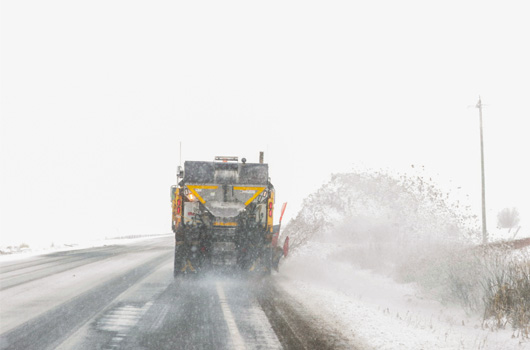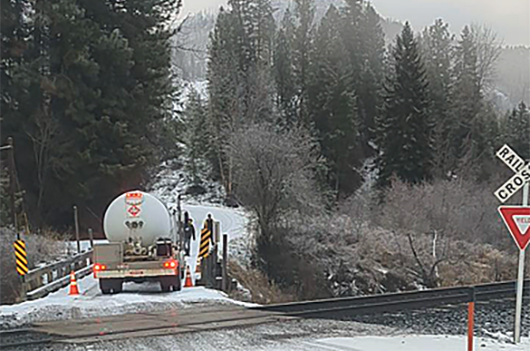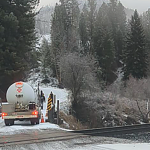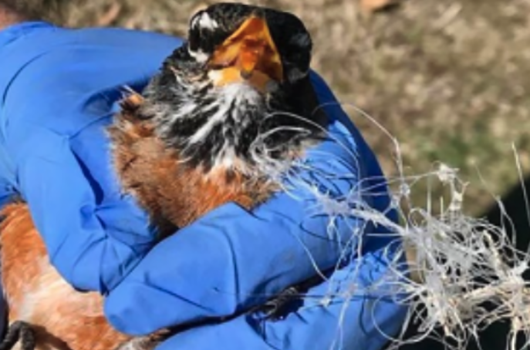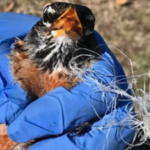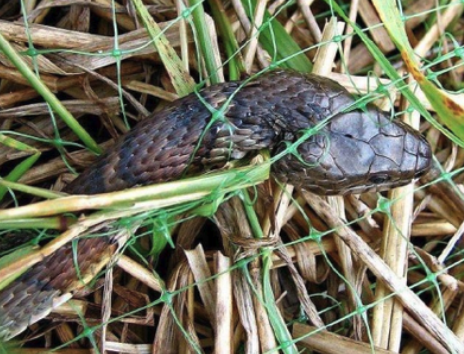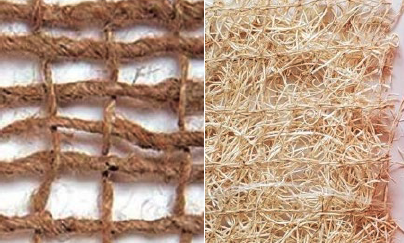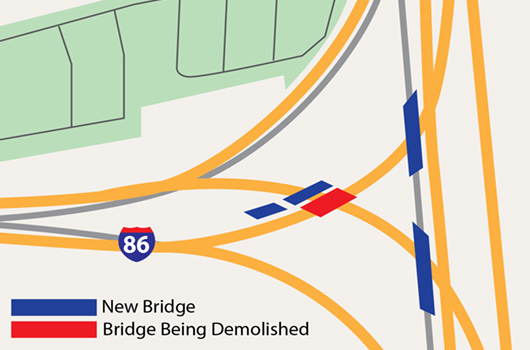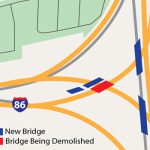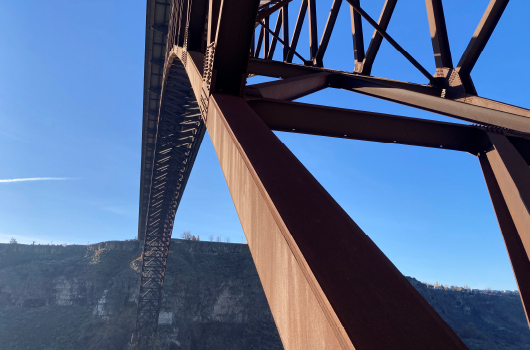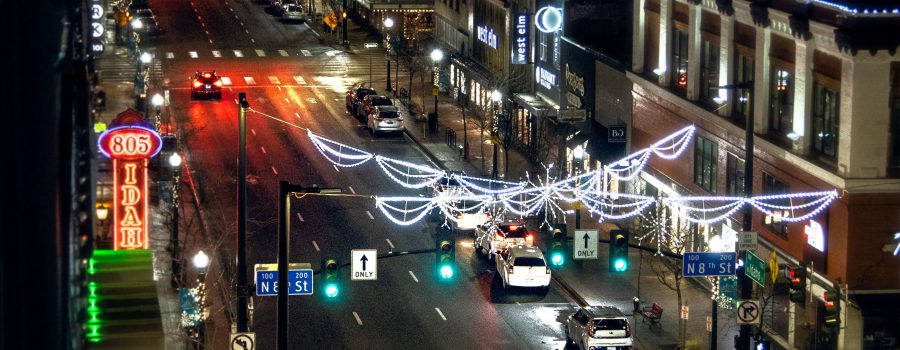JAN. 16 AT 1:12 P.m.
State Highway 21 reopened on Jan. 15 after being closed for 90 hours. In total, three avalanches were triggered using explosives that the avalanche team set off, and it took eight hours to cleanup the snow. Drivers should check 511.idaho.gov or the 511 app for updates before traveling through the state.
JAN. 12 AT 12:57 P.m.
State Highway 21 will remain closed between Grandjean Junction and Banner Summit through the weekend following an avalanche that occurred Thursday evening.
Depending on weather, the Idaho Transportation Department’s avalanche team plans to drop explosives on Sunday within the 11 miles of avalanche paths along SH-21. These explosives will test the snowpack behavior. Once the team determines it to be stable, the Lowman maintenance team will begin cleanup.
At approximately 9 p.m. on Jan. 11, an avalanche closed part of SH-21. Four vehicles including one from the Custer County Sheriff’s Office were traveling through the avalanche-prone section at the time. A truck was pushed by the snow, but there were no injuries and no vehicles were buried. All occupants were able to get into the deputy’s vehicle and drive out of the area safely. A separate car, traveling in the opposite direction, tried to drive over the debris field and got stuck. ITD used a loader to get their vehicle out and back on the road in the opposite direction.
“Last night’s avalanche cycle was driven by a perfect storm of weather. We had very high precipitation intensity, increasing temperature and extremely high winds from the southeast. These are very unusual conditions for this zone,” said Bill Nicholson, leader of the avalanche team.
ITD’s avalanche team and Lowman maintenance crew have gone through avalanche rescue training.
“The number one thing to do if stuck in an avalanche zone is to never get out of your car,” Nicholson said. “It will protect you from being crushed by any additional snow or debris and makes it easier for rescuers to find you.”
There are only three highways in the United States that fall under the ‘High’ category in the Avalanche Hazard Index: SH-21 in Lowman, State Highway 210 in Utah, and U.S. Highway 550 in Colorado.
SH-21 is also closed between Idaho City and Lowman due to extreme weather. Check 511.idaho.gov for updates on this and other road closures.
Jan. 11 at 10:43 p.m.
The occupants of the two vehicles that were stuck in the avalanche on SH-21 have been safely transported out of the canyon, as the road remains closed between Grandjean Junction and Banner Summit. As safety is a top priority, all crews are headed out of the canyon for the night but will return in the morning. Updates will be provided once more information is available tomorrow. Drivers should check 511.idaho.gov or the 511 app for updates.
Jan. 11 at 9:37 p.m.
An avalanche has shut down State Highway 21 between Grandjean Junction and Banner Summit. Emergency crews are on scene and report that two vehicles were involved in the avalanche, but there are no reported injuries. Updates will be provided as soon as more information is known, which may be sporadic due to lack of cell service in the area.
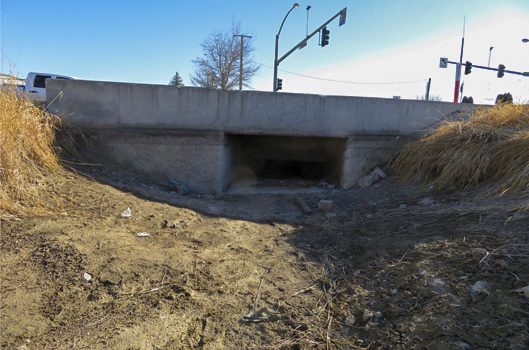

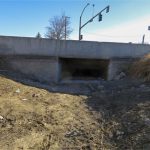
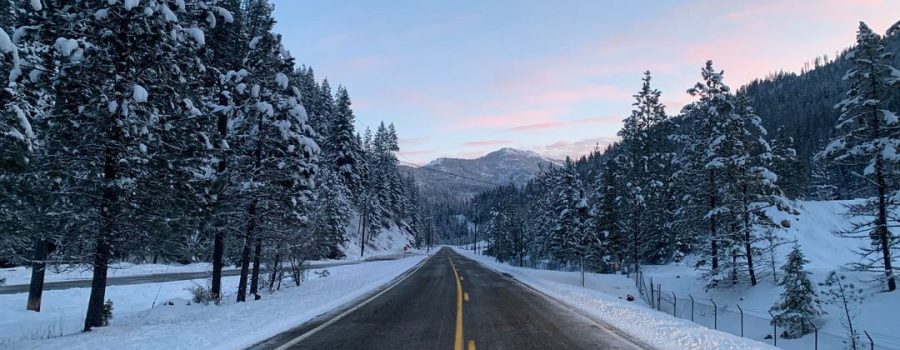



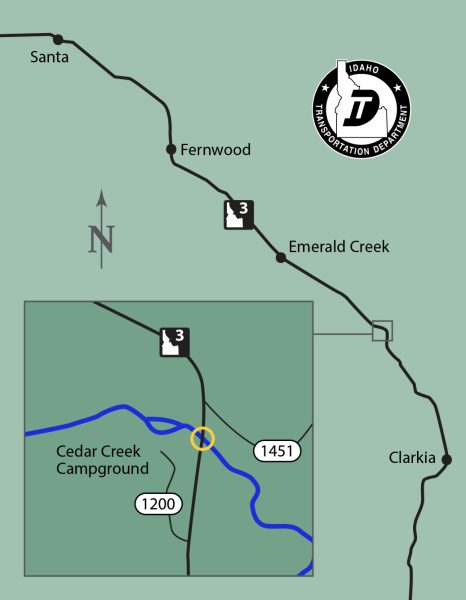 Engineers recently completed a review of the structural integrity of this bridge and found the piers under the northbound lane showing an advanced rate of deterioration from seasonal fluctuations in water levels.
Engineers recently completed a review of the structural integrity of this bridge and found the piers under the northbound lane showing an advanced rate of deterioration from seasonal fluctuations in water levels.